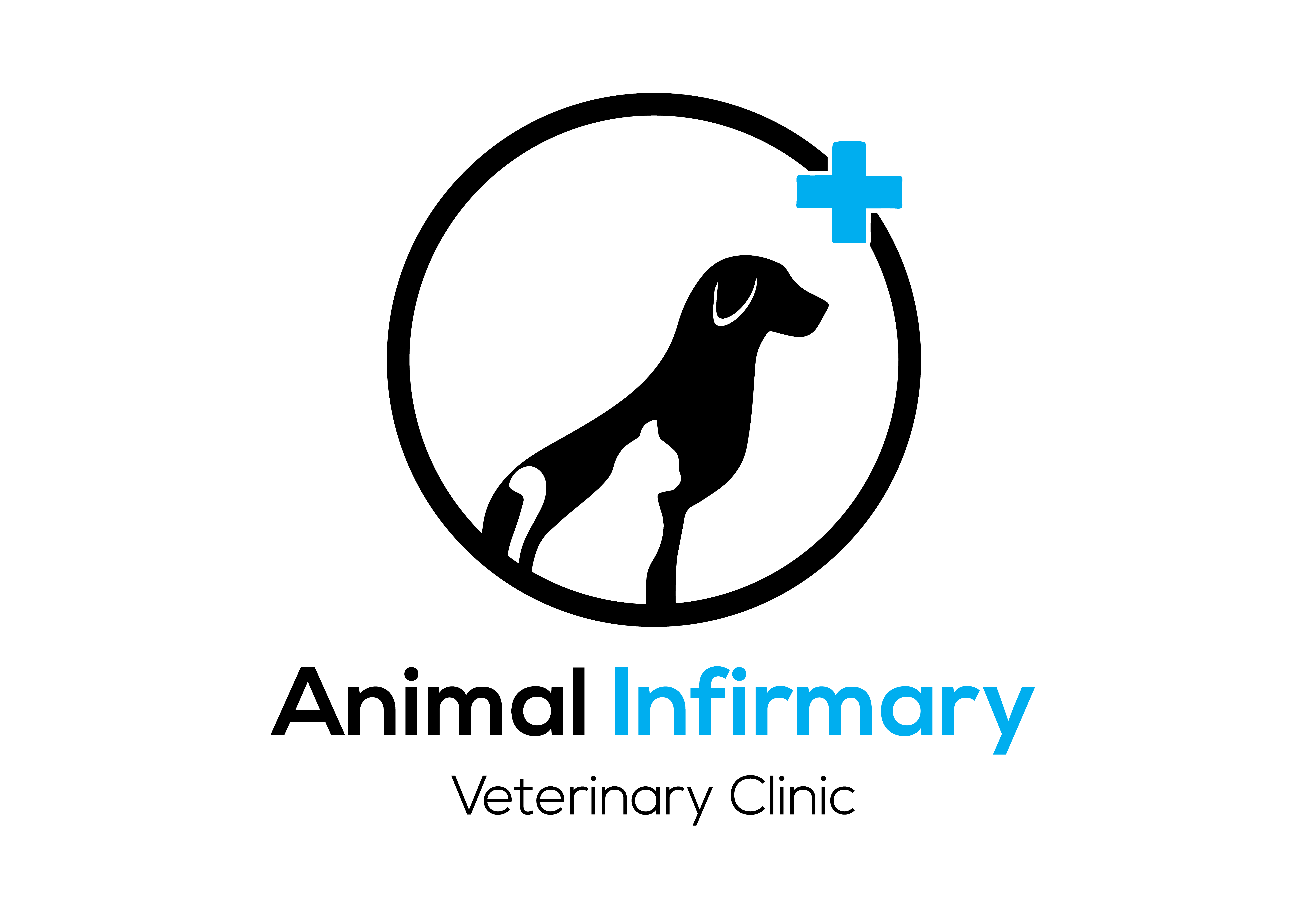The canine parvovirus (CPV) infection is a highly contagious viral illness that affects dogs. The virus manifests itself in two different forms. The more common form is the intestinal form, which is characterized by vomiting, diarrhea, weight loss, and lack of appetite (anorexia). The less common form is the cardiac form, which attacks the heart muscles of very young puppies, often leading to death. The majority of cases are seen in puppies that are between six weeks and six months old. The incidence of canine parvovirus infections has been reduced radically by early vaccination in young puppies.Improper vaccination protocol and vaccination failure can also lead to a CPV infection. Breeding kennels and dog shelters that hold a large number of inadequately vaccinated puppies are particularly
hazardous places.

Symptoms
The major symptoms associated with the intestinal form of a canine parvovirus infection include severe,bloody diarrhea, lethargy, anorexia, fever, vomiting, and severe weight loss. The intestinal form of CPVaffects the body’s ability to absorb nutrients, and an affected animal will quickly become dehydrated and weak from lack of protein and fluid absorption. The wet tissue of the mouth and eyes may become noticeably red and the heart may beat too rapidly. When your veterinarian palpates (examine by touch)your dog’s abdominal area, your dog may respond with pain or discomfort. Dogs that have contracted CPV may also have a low body temperature (hypothermia), rather than a fever..
Diagnosis
The ELISA test has become the most common test for parvovirus in puppies. ELISA stands for Enzyme Linked ImmunoSorbant Assay. This is sounds complicated and high tech but is actually the same type of technology that home pregnancy test kits use. The parvo ELISA test is also a kit and is performed in the vet’s office in about 15 minutes or less. There are many different brands and testing is very sensitive in its ability to detect the actual presence of the virus in stool
Treatment
One of the ways parvo can kill is via the metabolic derangements that occur with extreme dehydration. It is crucial to replace the vast fluid losses (from vomiting and diarrhea) with intravenous fluids. Fluids are given as a steady drip rather than simply under the skin so that absorption into the circulation is direct. Potassium is usually added to the fluids in order to maintain electrolyte balance. Dextrose (sugar) is also frequently added as the stress of the disease may lower blood sugar especially in a very small puppy.
The second way parvo kills is through bacterial invasion of the circulatory system (“sepsis.”) The intestine is normally full of bacteria and when the parvovirus ulcerates the intestine there is little to prevent the bacteria from marching easily into the bloodstream. With the GI tract damaged, antibiotics cannot be given orally. They are given either as shots or are added into the IV fluid bag.These puppies feel extremely nauseated as the GI tract is too damaged for oral medication so medications are given as injections. It is important to give medications to control the nausea.
